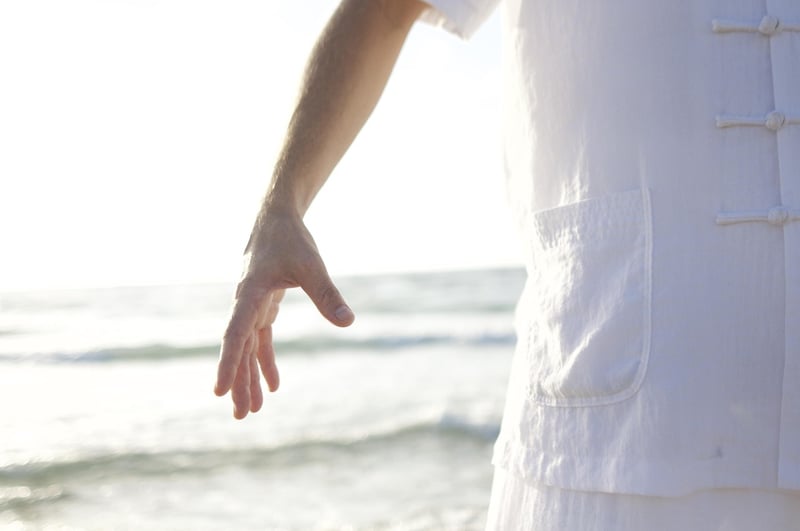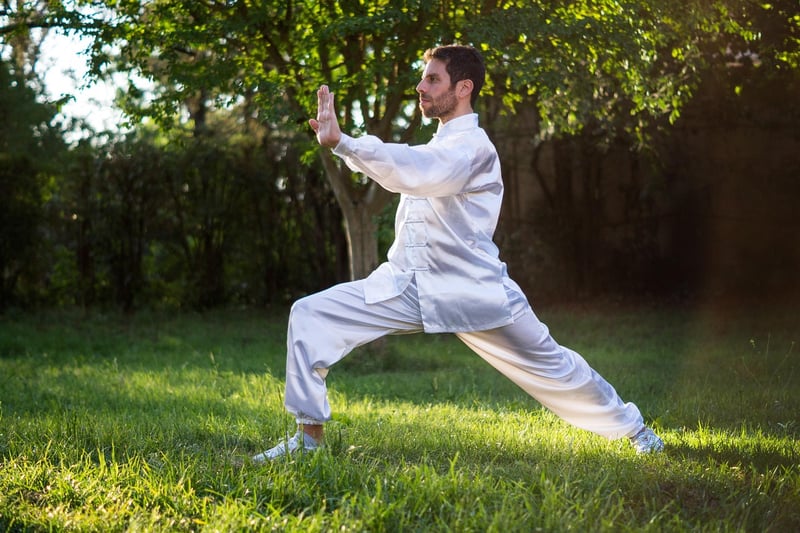Tai Chi Forms
The Art of Balance and Movement in Tai Chi

Tai Chi, also known as Tai Chi Chuan, is a Chinese martial art that focuses on the harmony between body and mind. One of the key principles of Tai Chi is the cultivation of balance and movement. Through slow, deliberate movements, practitioners aim to achieve a state of physical and mental equilibrium.
The Importance of Balance in Tai Chi
Balance is fundamental to Tai Chi practice. By maintaining a stable and centered posture, practitioners develop core strength and improve their proprioception. Proper balance allows for a fluid and coordinated execution of movements, enhancing overall body awareness.
Key Elements of Balance in Tai Chi:
- Rooting: Connecting with the ground to establish a stable foundation.
- Central Alignment: Keeping the spine straight to facilitate energy flow.
- Sinking Qi: Cultivating a sense of rootedness and internal strength.
The Fluidity of Movement in Tai Chi Forms
Tai Chi forms are choreographed sequences of movements that flow seamlessly from one to the next. These forms combine balance, coordination, and mindfulness to create a meditative practice that promotes relaxation and inner peace.
Benefits of Tai Chi Forms:
- Improves Flexibility: Gentle stretching movements enhance joint mobility.
- Enhances Posture: Emphasizing proper alignment leads to better posture.
- Reduces Stress: Slow, rhythmic movements promote relaxation and calmness.

Whether practicing Tai Chi for health benefits or martial arts purposes, the focus on balance and movement remains central to its philosophy. By cultivating these aspects, individuals can experience improved physical well-being and mental clarity through the practice of Tai Chi.
Begin your journey to harmony and vitality with Tai Chi today!
